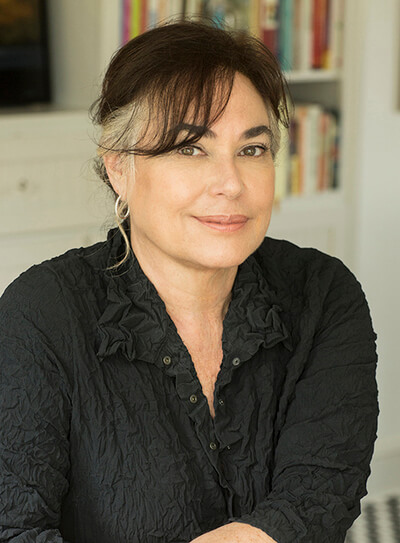Who knew that the infamous crime figure Bonnie Parker was once a straight A student who liked to sing at church?
At some point during my adolescent years, I caught the 1967 film Bonnie and Clyde on TV. Nearly 20 years later, while brainstorming an idea for a novel inspired by an iconic figure, their names popped into my mind. Interestingly enough, I couldn’t recall too much from the film, or about Bonnie and Clyde for that matter, except that the duo were fiercely loyal to one another. Their story intrigued me, especially what made these partners tick. I was pleasantly surprised to find that their story wasn’t one yet told in a novel, and I dove into research. I was also pleasantly surprised by their backstories, particularly Bonnie Parker’s.
Who knew Bonnie got straight A’s, participated in spelling bees and talent shows, and sang at church? I found an amusing anecdote that Bonnie, at the age of three, stood up in front of a church congregation to belt out a tune. The youngster before her sang “Jesus Loves Me,” but Bonnie, she sang “He’s a Devil in His Own Home Town.” I can only imagine the mixture of muted laugher and out-right gasps that filled the chapel. A picture of Bonnie before Clyde began to form in my mind: an intelligent yet feisty young woman. Still, how did a seemingly wholesome girl end up in a life of crime with a convicted felon like Clyde Barrow?
While I originally sought to tell Bonnie and Clyde’s crime spree story, it didn’t take long before I decided I needed to back up nearly five years and bring Bonnie’s origin story to life. I recently re-watched the film, and Bonnie is portrayed as a young West Dallas woman who is bored working as a waitress and wants to be one of the gals she sees in the motion pictures. From my research, I found this characterization to be pretty on the mark, but I also saw a lot more to Bonnie than what’s generally depicted:
• Prior to meeting Clyde, Bonnie was married to a fella who didn’t treat her right.
• Bonnie was fiercely devoted to her family.
• She wrote poetry and songs.
• Her father died when she was young, leaving her family struggling to make ends meet.
• She was a middle child.
• Bonnie was an impressionable young adult during the Roaring ’20s.
Thing is, besides these tidbits of information, not much is known about Bonnie Parker’s childhood or adolescent years. I excitedly rubbed my hands together and got to work, combining limited historical facts with my own imagination to create a well-rounded picture of who Bonnie Parker could’ve been during the era of speakeasies, bootlegs and later the stock market crash of 1929. In Becoming Bonnie, Bonnie’s a girl with stars in her eyes, who also has practical aspirations for her life, driven by the need to be somebody who will make her daddy proud.
One of the biggest fictional elements of the novel, which has been described as a female “Breaking Bad,” is that Bonnie begins the story with the name Bonnelyn. By the novel’s end, she’s Bonnie, and I’ll give ya one guess who coins her new name.
I’m excited to introduce readers to my version of Bonnie Parker, including how she meets Clyde Barrow and how the infamous duo begins their life of crime. In Summer 2018, I’ll be continuing their escapades in Bonnie, showing Bonnie’s role in their 27-month crime spree across Depression-ridden America.
Jenni L. Walsh has worked as an award-winning advertising copywriter for the past decade. She is a graduate of Villanova University and lives near Philadelphia with her husband, daughter, and son. Becoming Bonnie is her first novel.












